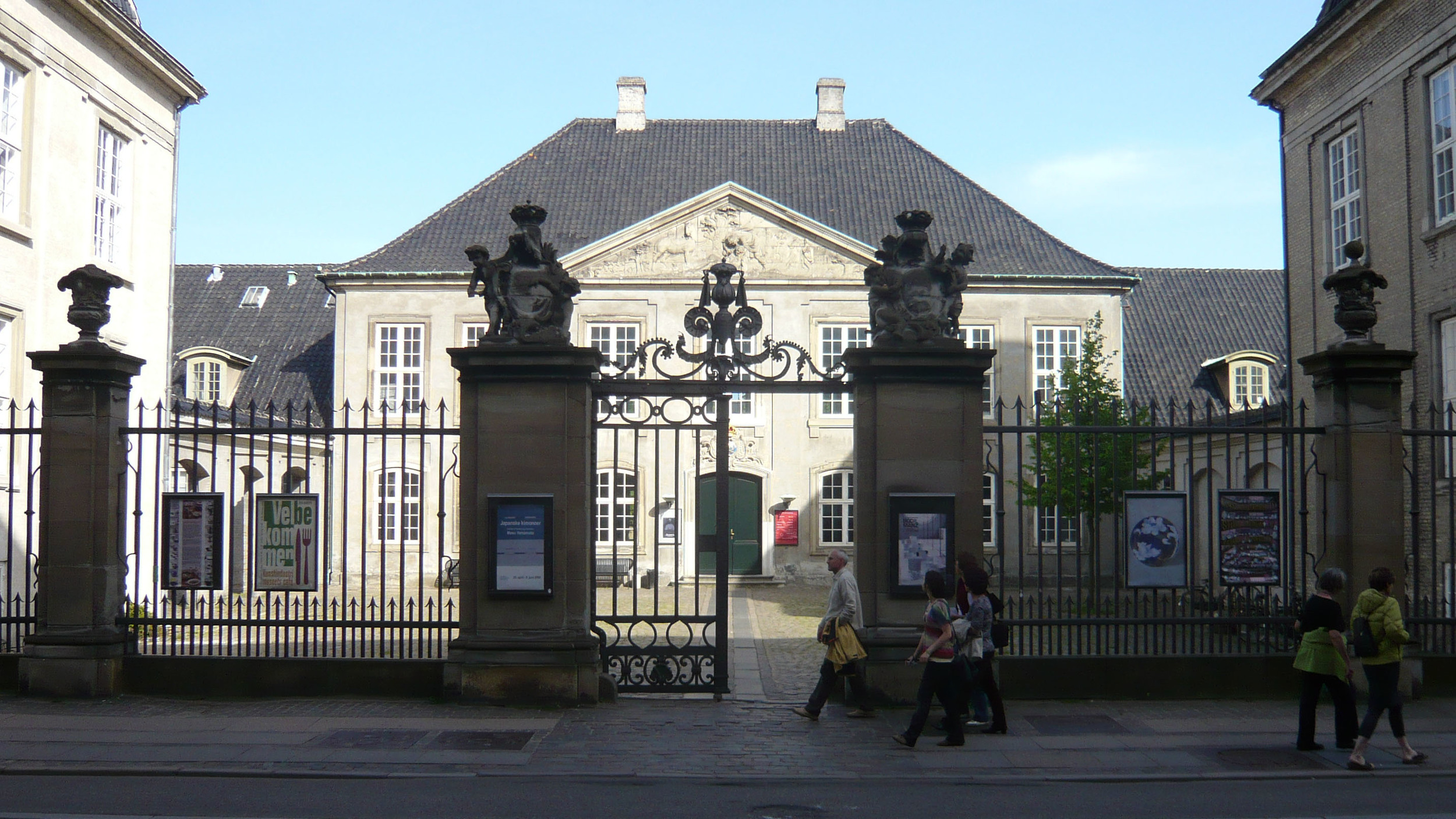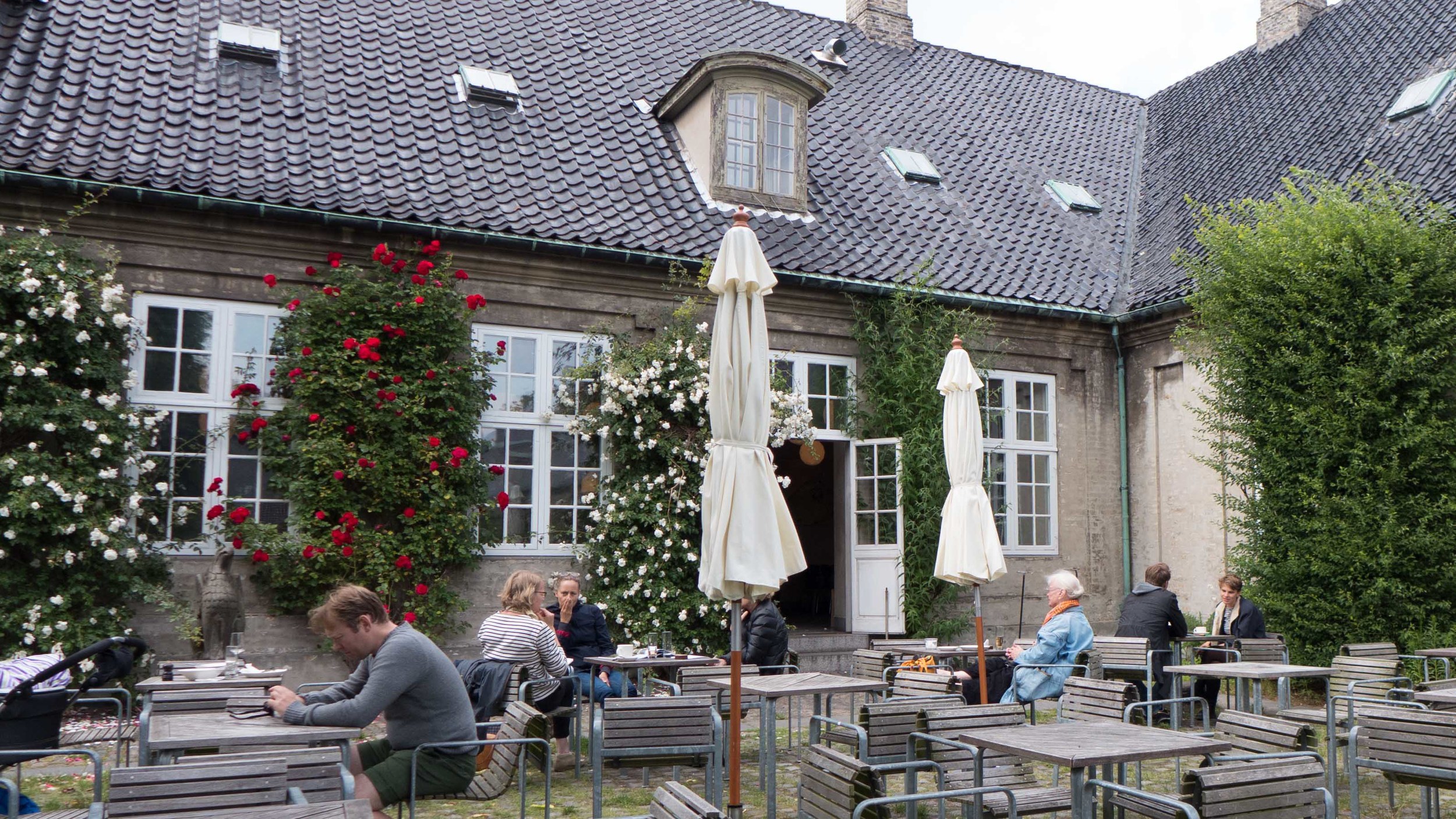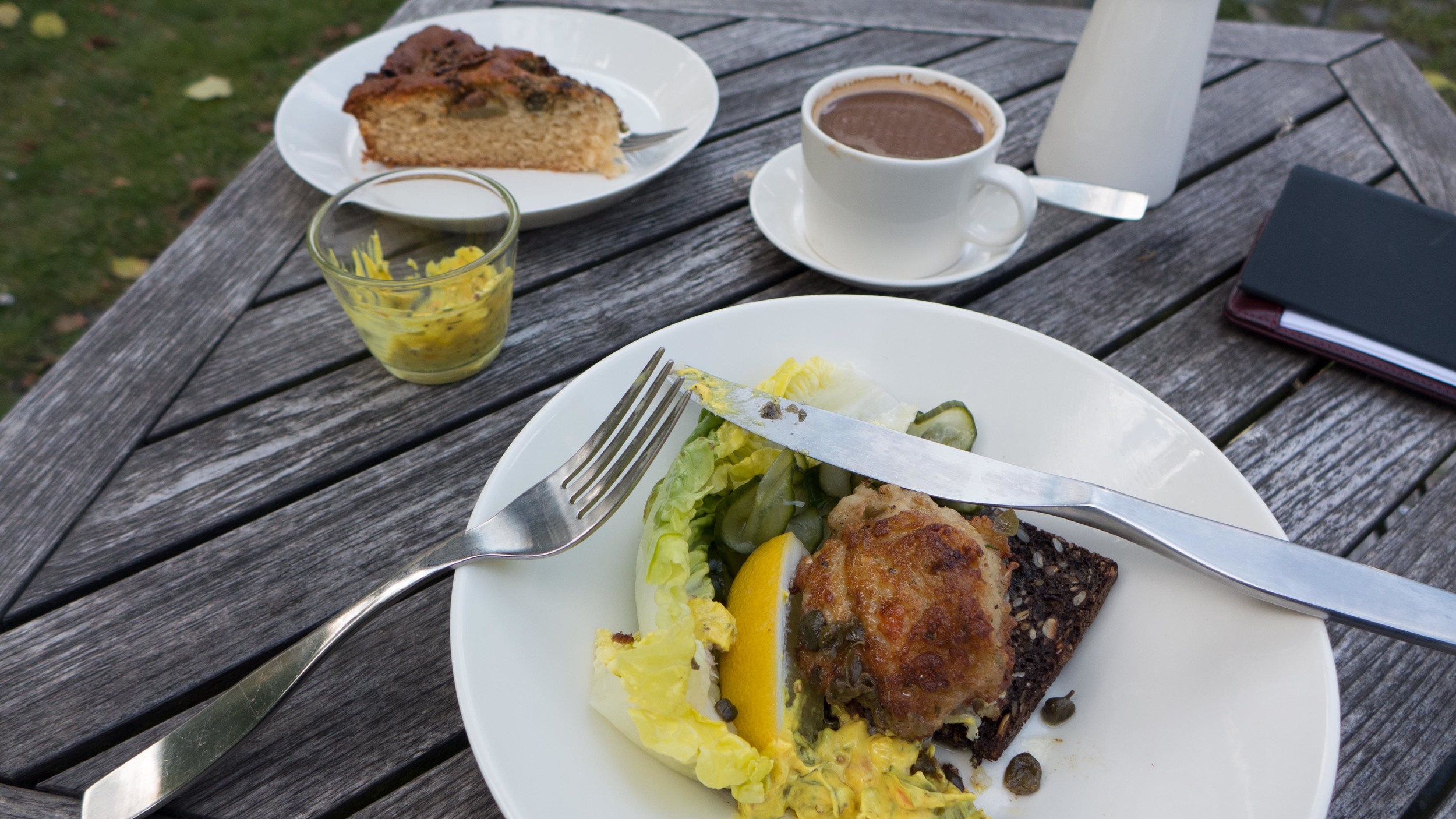Designmuseum Danmark
/




The Kunstindustrimuseet or museum of decorative arts in Copenhagen was established in the 1890s by the Industriforeningen (now the Confederation of Danish Industries) together with the Ny Carlsberg Museumslegat - a Museum that opened in 1882 to display the art collection formed by Carl Jacobsen, son of the founder of the Carlsberg Breweries.
In 1895 the new museum of decorative arts opened in a new building in the centre of Copenhagen, near the City Hall, and clearly, from the start, the important connection was made between good design and industrial production - what we now generally describe as mass production. They recognised the need to collect and display the best examples of furniture, glass and ceramics, much as one-off pieces by craftsmen had been collected and displayed in the past, as a source of inspiration.
In 1926 that museum of decorative arts moved into the present buildings, formerly King Frederick’s Hospital, completed in 1757 with entrance gates and a grand forecourt onto Bredgade and lower buildings around a very large enclosed courtyard behind, laid out with trees and gardens. Renovation of the historic buildings and refurbishment specifically for the design museum was completed by the architect Ivar Bentsen and the architect and furniture designer Kaare Klint.
The museum now displays an extensive reference collection of Danish design from the 20th century, including major pieces by masters of 20th-century design including Hans Wegner, Poul Henningsen and Arne Jacobsen. These displays are being reorganised to illustrate particular themes rather than simply being set out in chronological sequence.
There are also displays of European and Asiatic decorative arts to provide a wider context for design history in Denmark. The museum has a research library and an extensive archive which documents the development of industrial design and decorative and applied arts.
Extensive galleries are used for an active programme of important temporary exhibitions.
The current exhibition of recent modern jewellery from the Nordic countries, called From the Coolest Corner, has been arranged in collaboration with the Röhsska Museet in Gothenburg, The National Museum of Art, Architecture and Design in Oslo and Design Museum Helsinki with all the pieces created specifically for this show and selected by an international jury.
There are also smaller exhibitions over the Summer: one with an important collection of printed British textiles produced between 1952 and 1972 and recently donated to the museum and, another, an exhibition about the Finnish designer Kaj Frank and his teaching and postwar work for the Finnish companies Iittala, Nuutajärvi and Arabia.
That exhibition puts well-known designs by Frank into the wider context of contemporary international industrial design with, for instance, examples of glass products designed by Wilhelm Wagenfeld, a teacher at the Bauhaus in Germany.
The exhibition about Frank also explores the importance of the social element in his work - good design for ordinary people - and his aim to create everyday objects such as tableware that was not only practical but also beautiful.
The exhibition marks a complete refurbishment of the museum restaurant, now called the Klint - Designmuseets Café, which uses tableware from the Kilta range designed by Frank.
During the summer coffee and cakes or lunch from the cafe can be eaten out in the garden and, in a new venture, the cafe remains open late for supper on Wednesday evenings ... I somehow managed to fit in lunch and supper (on different days I hasten to add) and really can recommend the delicious food. I apologise for my photograph of my half-eaten lunch: I had planned to photograph the beautifully-presented food for the blog when it arrived at the table but in my enthusiasm to tuck in only remembered the photo after I had eaten one of the two fantastic fish cakes. Probably a good job, for lots of reasons, that I’m not a food critic.































